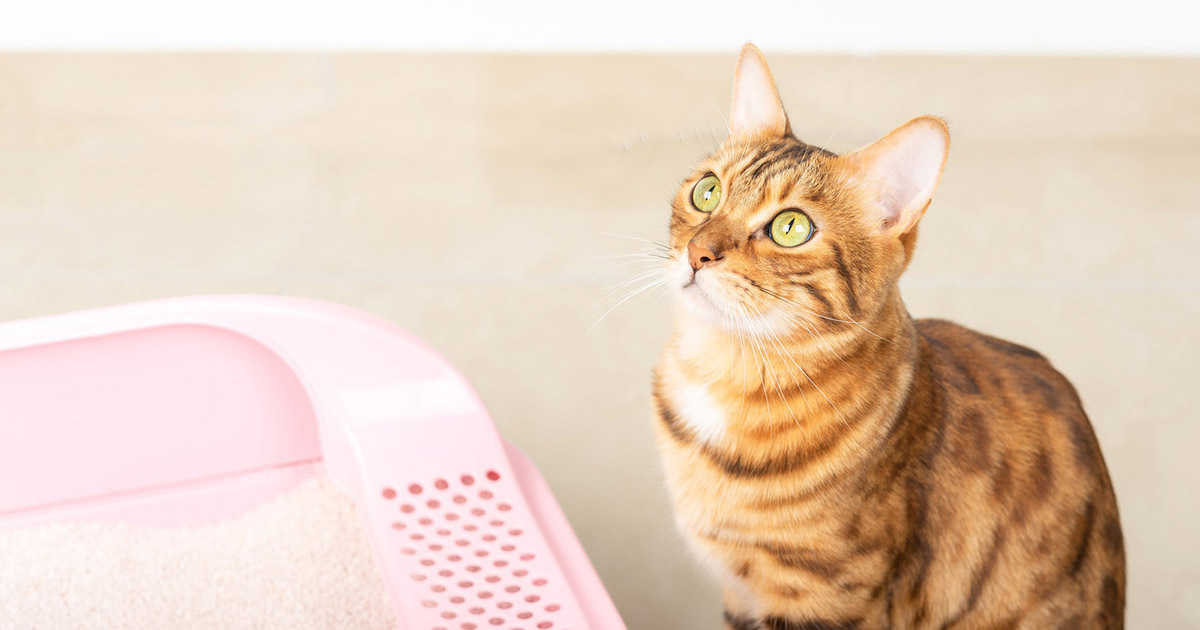Avoid Bathroom Emergencies: Never Flush Cat Poop Down Your Toilet - Professional Guidance
Avoid Bathroom Emergencies: Never Flush Cat Poop Down Your Toilet - Professional Guidance
Blog Article
How do you feel about Can You Flush Cat Poo or Litter Down the Toilet??

Intro
As feline proprietors, it's important to be mindful of how we take care of our feline friends' waste. While it might appear hassle-free to purge pet cat poop down the bathroom, this technique can have destructive repercussions for both the atmosphere and human wellness.
Ecological Impact
Purging pet cat poop presents unsafe virus and bloodsuckers right into the water system, presenting a considerable risk to water environments. These pollutants can negatively affect marine life and compromise water high quality.
Health and wellness Risks
In addition to environmental problems, purging feline waste can also posture wellness threats to people. Cat feces may include Toxoplasma gondii, a parasite that can create toxoplasmosis-- a possibly serious illness, specifically for expectant ladies and individuals with damaged body immune systems.
Alternatives to Flushing
Luckily, there are much safer and much more responsible ways to deal with pet cat poop. Think about the following alternatives:
1. Scoop and Dispose in Trash
One of the most typical technique of throwing away feline poop is to scoop it into an eco-friendly bag and toss it in the trash. Make certain to utilize a devoted litter scoop and deal with the waste promptly.
2. Usage Biodegradable Litter
Choose biodegradable pet cat trash made from products such as corn or wheat. These litters are environmentally friendly and can be securely thrown away in the trash.
3. Hide in the Yard
If you have a yard, take into consideration hiding feline waste in a designated area away from vegetable yards and water sources. Make sure to dig deep enough to avoid contamination of groundwater.
4. Install a Pet Waste Disposal System
Buy a pet garbage disposal system specifically created for cat waste. These systems utilize enzymes to break down the waste, decreasing odor and ecological impact.
Verdict
Responsible family pet possession prolongs past providing food and sanctuary-- it additionally involves appropriate waste monitoring. By refraining from purging pet cat poop down the toilet and selecting different disposal methods, we can lessen our environmental footprint and protect human health and wellness.
Why Can’t I Flush Cat Poop?
It Spreads a Parasite
Cats are frequently infected with a parasite called toxoplasma gondii. The parasite causes an infection called toxoplasmosis. It is usually harmless to cats. The parasite only uses cat poop as a host for its eggs. Otherwise, the cat’s immune system usually keeps the infection at low enough levels to maintain its own health. But it does not stop the develop of eggs. These eggs are tiny and surprisingly tough. They may survive for a year before they begin to grow. But that’s the problem.
Our wastewater system is not designed to deal with toxoplasmosis eggs. Instead, most eggs will flush from your toilet into sewers and wastewater management plants. After the sewage is treated for many other harmful things in it, it is typically released into local rivers, lakes, or oceans. Here, the toxoplasmosis eggs can find new hosts, including starfish, crabs, otters, and many other wildlife. For many, this is a significant risk to their health. Toxoplasmosis can also end up infecting water sources that are important for agriculture, which means our deer, pigs, and sheep can get infected too.
Is There Risk to Humans?
There can be a risk to human life from flushing cat poop down the toilet. If you do so, the parasites from your cat’s poop can end up in shellfish, game animals, or livestock. If this meat is then served raw or undercooked, the people who eat it can get sick.
In fact, according to the CDC, 40 million people in the United States are infected with toxoplasma gondii. They get it from exposure to infected seafood, or from some kind of cat poop contamination, like drinking from a stream that is contaminated or touching anything that has come into contact with cat poop. That includes just cleaning a cat litter box.
Most people who get infected with these parasites will not develop any symptoms. However, for pregnant women or for those with compromised immune systems, the parasite can cause severe health problems.
How to Handle Cat Poop
The best way to handle cat poop is actually to clean the box more often. The eggs that the parasite sheds will not become active until one to five days after the cat poops. That means that if you clean daily, you’re much less likely to come into direct contact with infectious eggs.
That said, always dispose of cat poop in the garbage and not down the toilet. Wash your hands before and after you clean the litter box, and bring the bag of poop right outside to your garbage bins.
https://trenchlesssolutionsusa.com/why-cant-i-flush-cat-poop/

We were brought to that article about How to Dispose of Cat Poop and Litter Without Plastic Bags from a good friend on a different web blog. Sharing is nice. One never knows, you will be doing someone a favor. Thanks so much for your time spent reading it.
Call Today Report this page